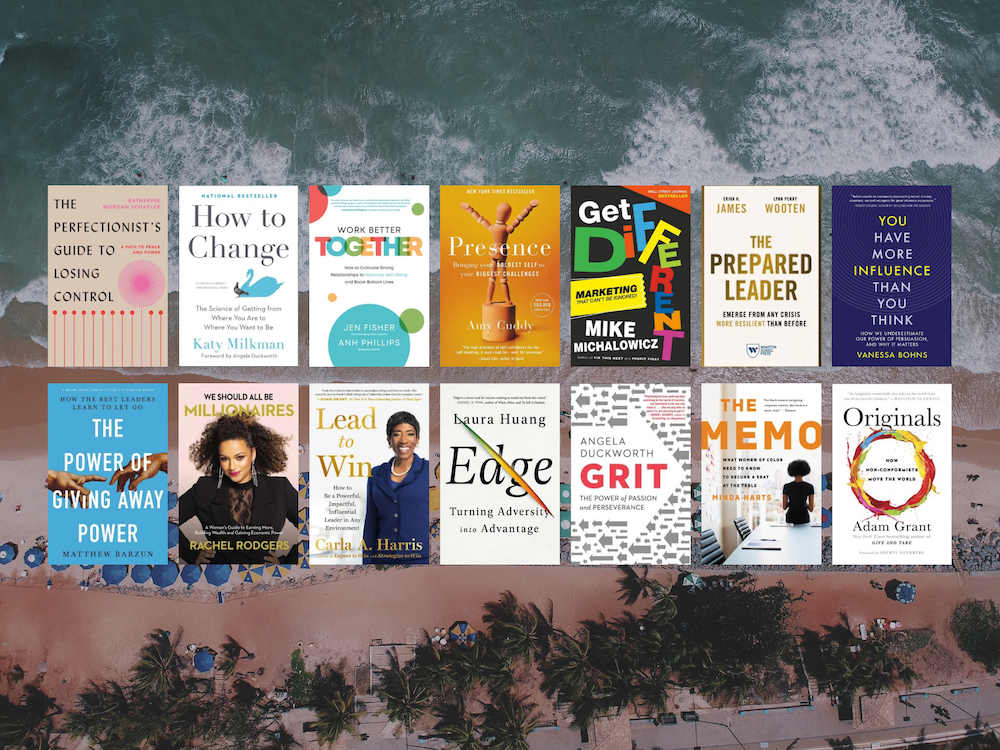5 things you should know before financing your MBA

Financing your MBA: What I Wish I Knew
In December of 2014, I was at a client in Minneapolis on a newly-launched consulting project constantly refreshing my email. This is how I found out I was accepted into Harvard Business School. Despite sharing my champagne toast with a project manager I had just met, this was one of the biggest highs of my life. Nevertheless, soon after I finished the bubbly, I had a sobering thought… How do I finance my ~$200,000 education (don’t forget the living expenses)? Here are five things I wish I had known.
1. Negotiate your financial aid
If you’ve received two admission offers, compare your financial aid packages and ask for more. Even if the school cannot award you more aid at the beginning of the year, check in throughout the year. I was able to get $5,000 more in financial aid in my second year by following up with the Financial Aid office. Note: being polite and building a relationship with Financial Aid will go a long way towards helping you understand all of the resources available to you.
2. Aim to borrow less than what you will earn after school
Why? Most loans have a standard 10-year loan term. To pay off your loan on this timeline, you will pay off about 10% of the loan each year. If your income is less than what you have borrowed, your debt payment will eat up well over 10% of your income each month.
For example, if you borrow $100,000 for school over 10-years at 5% interest, you will owe ~$1,061 / month. If you are earning $100,000 / year after school, that $1,061 would represent about 12% of your monthly income. If you’re single, that debt burden may not bother you. For someone supporting a family or living in an expensive city, putting 12% of your monthly income to debt may be challenging. (You still need to save for retirement, pay rent and have some fun!) The higher your income relative to the debt, the less onerous your monthly payments will be.
On this same note, be very careful before borrowing more than $150,000 for your degree program. While the total cost of my MBA program was ~$200,000, I received financial aid and had personal savings that covered over half of this amount. I only borrowed $90,000. If you are forced to borrow $150,000, to keep your loan payments at or around 10% of your income, you would need to earn $191,000 upon graduating. Given uncertainty with hiring post-business school, it is risky to bank on earning such a high salary immediately out of school.
3. Start with Federal loans
The U.S. government will allow grad students to borrow up to $20,500 each year for school. The interest rate is 5.3% for these loans, and due to COVID-19 payment and interest on all federal loans is currently suspended. If you have excellent credit (generally above a 720), you may receive a lower rate from a private institution. However, as shown during COVID, the federal government is more likely to pause interest payments or even provide loan forgiveness. In addition, public loans are generally more flexible if you have a prolonged period where you cannot pay on your loans. They are also eligible for programs like public-service loan forgiveness and income-based repayment. Since many of you will need to borrow more than $20,500 per year while financing your MBA, you should consider maxing out your federal loans and then turning to the private sector.
4. Do not be afraid of variable rate loans
As of January 2021, some of the large student loan providers have variable rates as low as 1.25%. On the flip side, fixed loans start at 2.75% and go up to 12% with some private lenders. While those interest rates may fluctuate, historically variable rate loans cost less over the life of the loan than fixed rate loans. I hedged by having some of my loans fixed and some variable. After graduation, I directed extra payments to my highest-interest debt. While half of my loans were fixed at 3.99%, my variable rate loans moved up to 5% in 2019 and then fell to 2.0% in 2020 — and so I adjusted my payoff strategy accordingly. Having some variable and some fixed loans enabled me to take advantage of very low interest rates last year without taking on too much interest-rate risk while financing my MBA.
5. Borrow liberally (aka, more than you think you need) for year one. You can cut back in year two
Starting my MBA after five years of working, I was cash rich. I borrowed as little as I could in year one, wanting to minimize my loans. However, both the government and private lenders limit your ability to borrow to the cost of tuition, books, and a conservative allotment for room and board. Since travel and other fun parts of business school are excluded from the max borrowing number, I was going to have to be very careful in year two.
While no one wants to take on more student loan debt, you also want to avoid running out of money. When borrowing for year one, make a budget and add a 10-15% buffer. If you didn’t need the extra money, you can borrow less in year two. This can prevent you from turning to credit cards or other higher-interest loans. Working with MBAs through my 10-week money boot camp, I’ve been surprised by how many students rack up $10K+ credit card debt while they’re in school.
Business school is a wonderful experience that will improve your earning power. However, there are steps you can take to reduce your total debt load to set yourself up for long-term financial success.
Looking for more advice on financing your MBA? Read more about how to pay for your MBA and how to take advantage of tuition reimbursement.
Interested in contributing to MBAchic? Come share your advice and experiences with our community!







